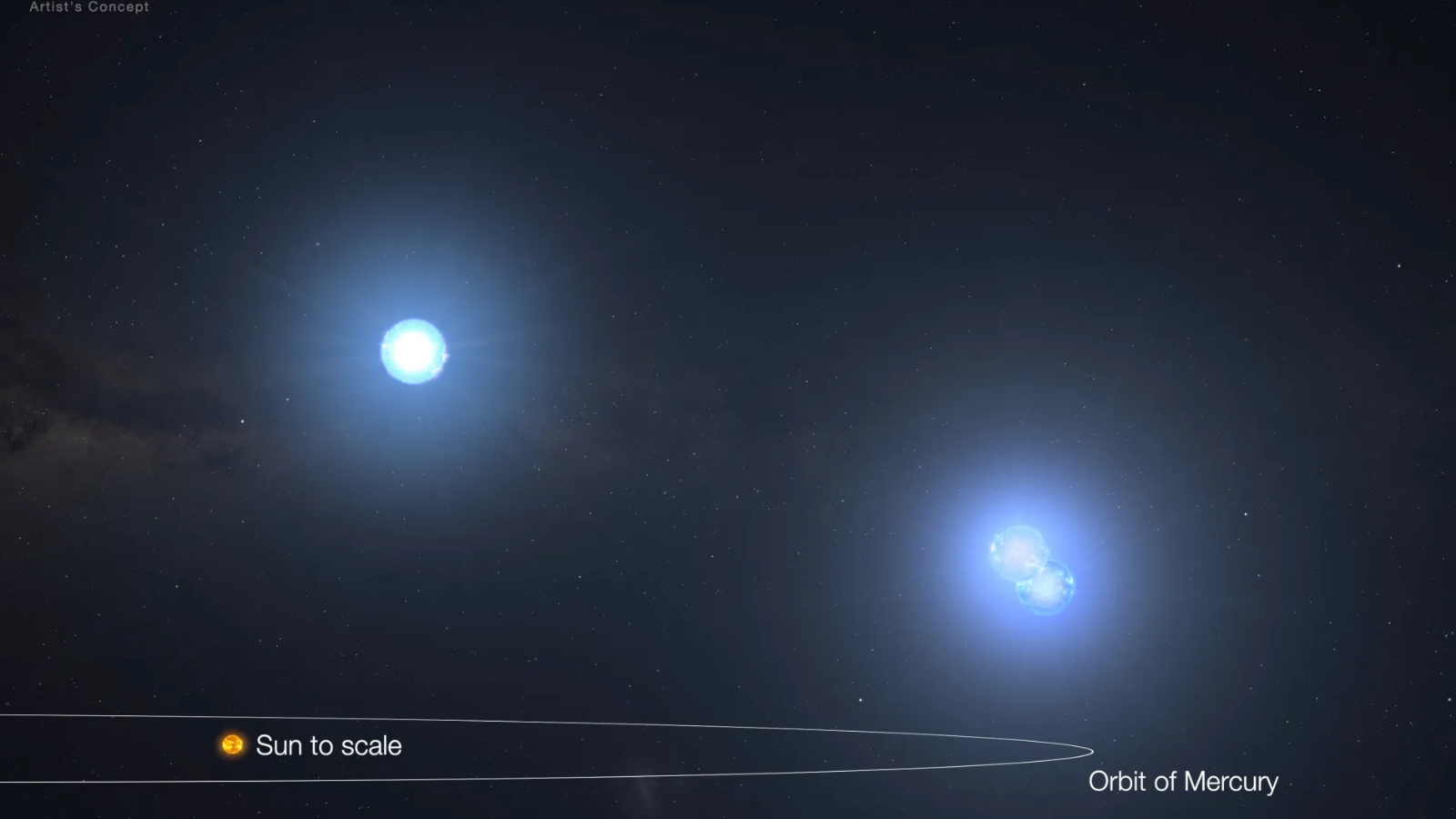
Robert Lea
Robert Lea is a science journalist in the U.K. whose articles have been published in Physics World, New Scientist, Astronomy Magazine, All About Space, Newsweek and ZME Science. He also writes about science communication for Elsevier and the European Journal of Physics. Rob holds a bachelor of science degree in physics and astronomy from the U.K.’s Open University. Follow him on Twitter @sciencef1rst.
Latest articles by Robert Lea
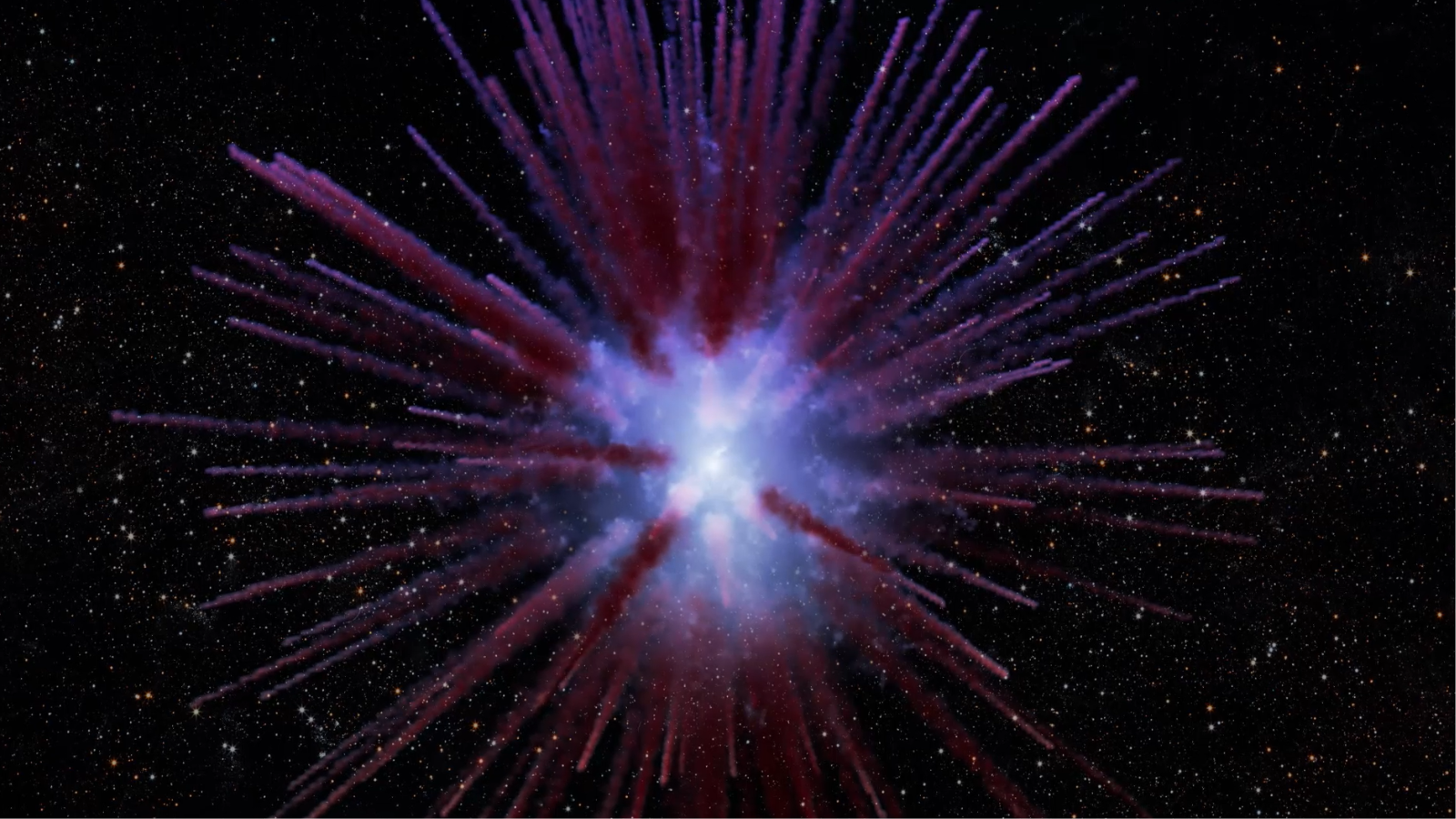
In a cosmic horror show, this zombie star survived a supernova explosion
By Robert Lea published
A zombie star has defied expectations by surviving a supernova explosion that should have destroyed it. The undead white star's "grave" is marked by a cosmic dandelion.
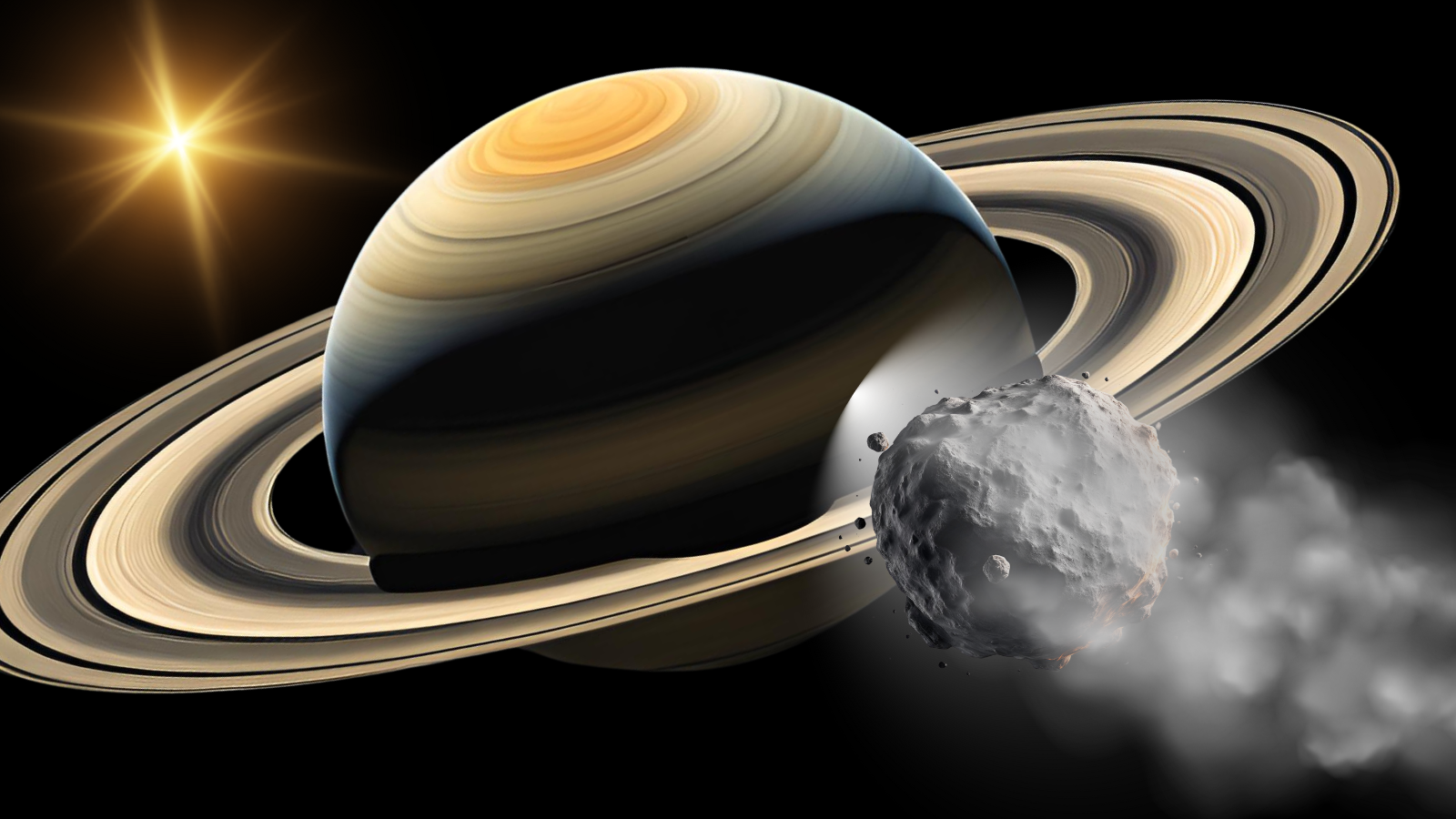
Saturn gets its 1st confirmed Trojan asteroid — but it might be stolen
By Robert Lea published
Saturn has finally joined the solar system's other giant planets in possessing a Trojan asteroid, but it may have stolen it. The bouncing asteroid seems to have originated in the Kuiper belt.
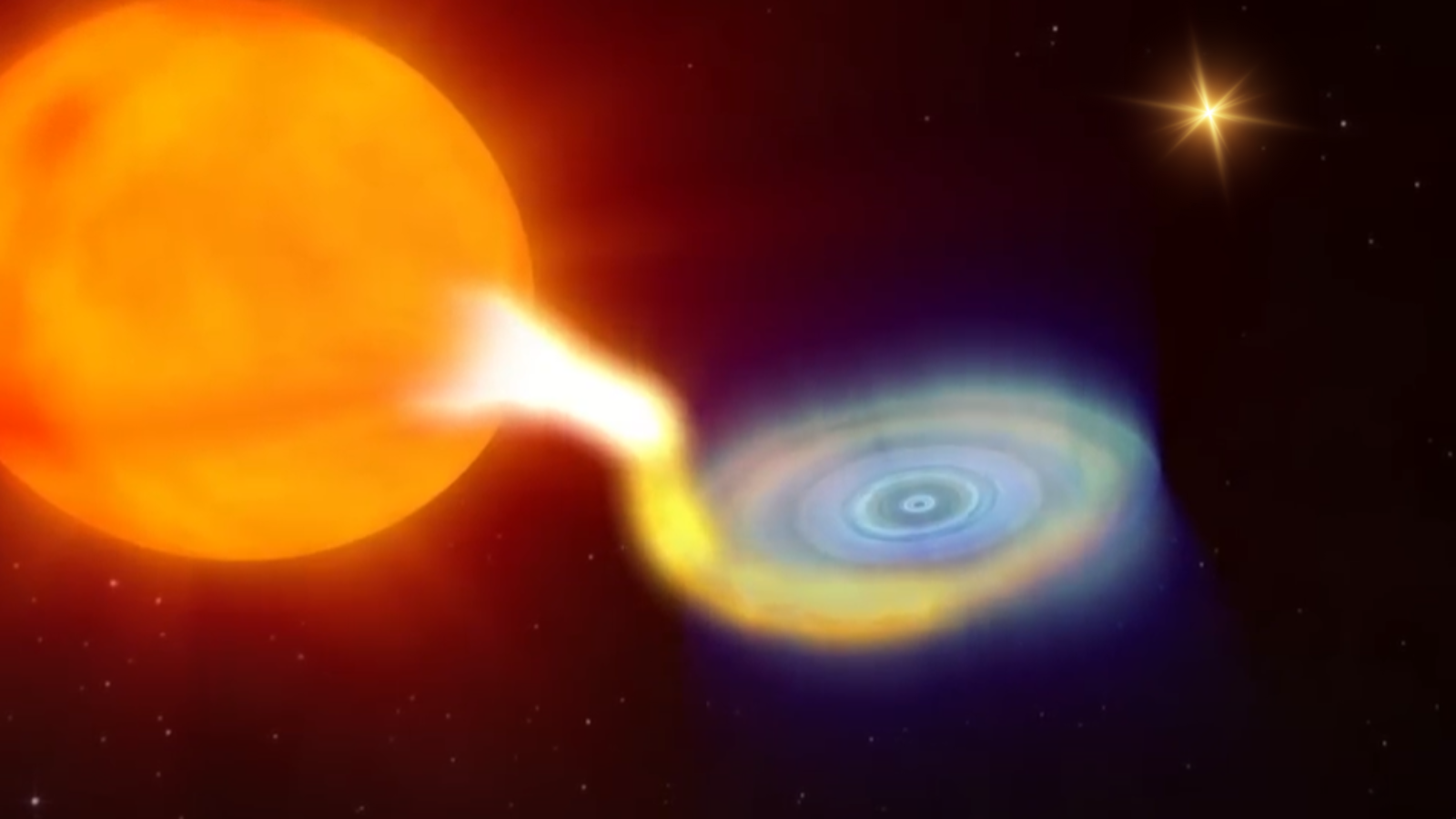
1st triple black hole system discovered in 'happy accident'
By Robert Lea published
The first "black hole triple" system, consisting of a black hole hungrily feeding on a companion star orbited by a more distant star, hints at a gentle formation process without supernova explosions.
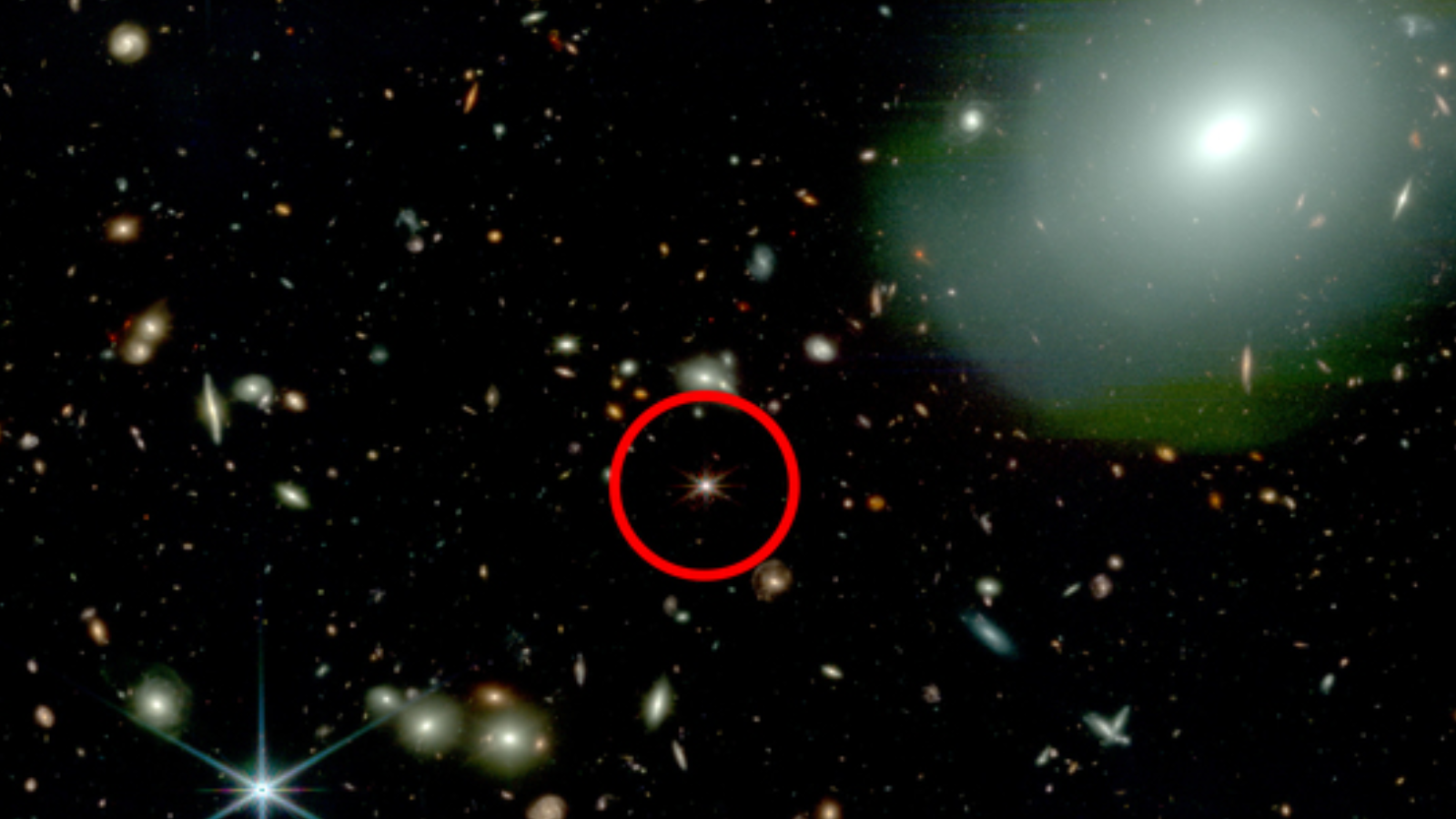
James Webb Space Telescope sees lonely supermassive black hole-powered quasars in the early universe
By Robert Lea published
The James Webb Space Telescope has discovered lonely quasars in the early universe, with "empty larders" that defy theories surrounding their growth to monster sizes.

How does the Cosmic Web connect Taylor Swift and the last line of your 'celestial address?'
By Robert Lea published
A map of gravity wells or "basins of attraction" in the local universe may resemble a Taylor Swift outfit, but they define the largest structure in the universe, the last line of your cosmic address.
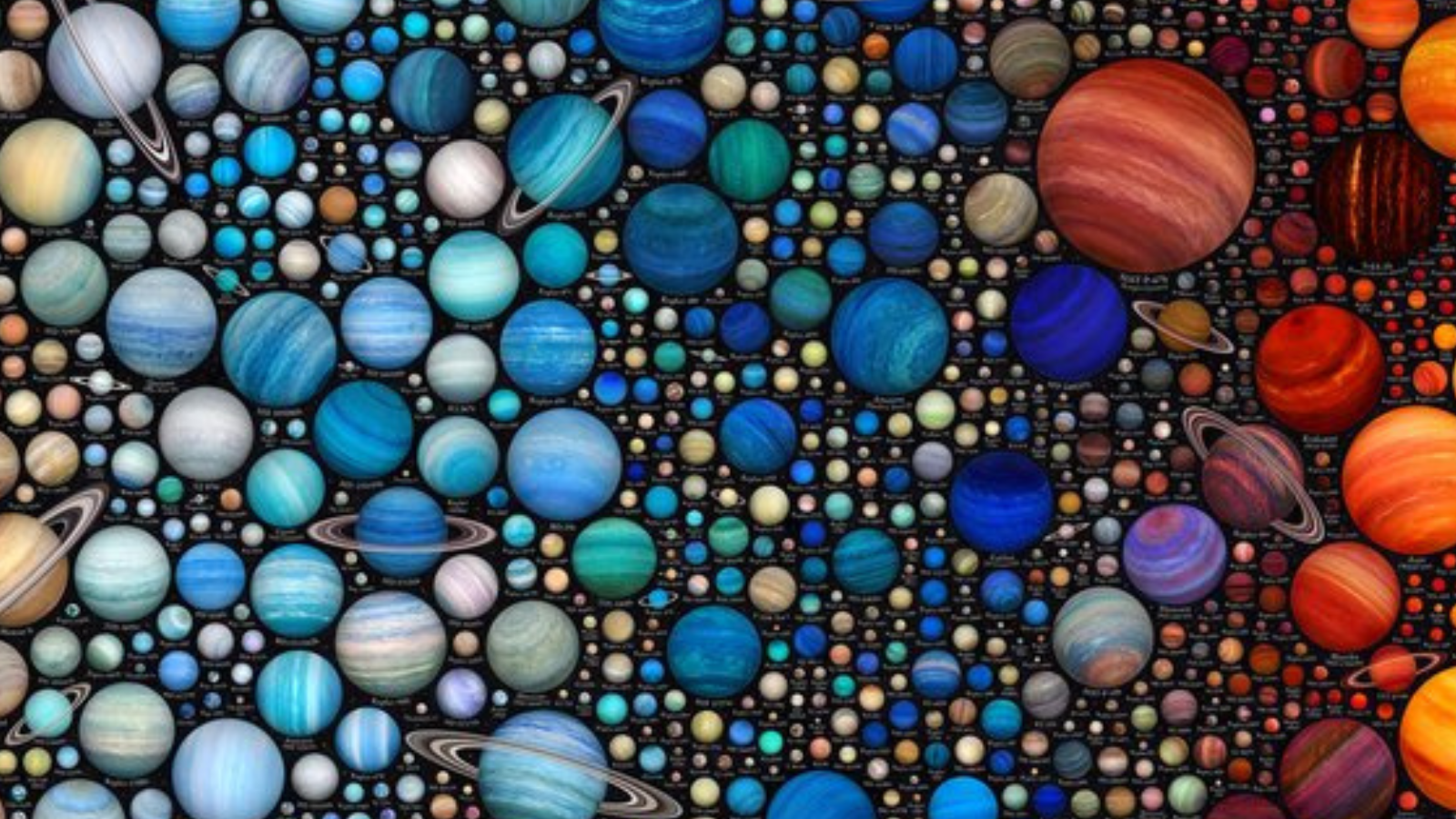
With real scientific data, artist Martin Vargic has visualized hundreds of alien planets
By Robert Lea published
Space.com talks to artist and author Martin Vargic, who is turning exoplanets into stunning and intricate art.

'Killer electrons' play pinball with space weather around Earth
By Robert Lea published
"Killer electrons" stashed in radiation belts around Earth could be dislodged by lightning to create a game of "cosmic pinball" that influences space weather around our planet.
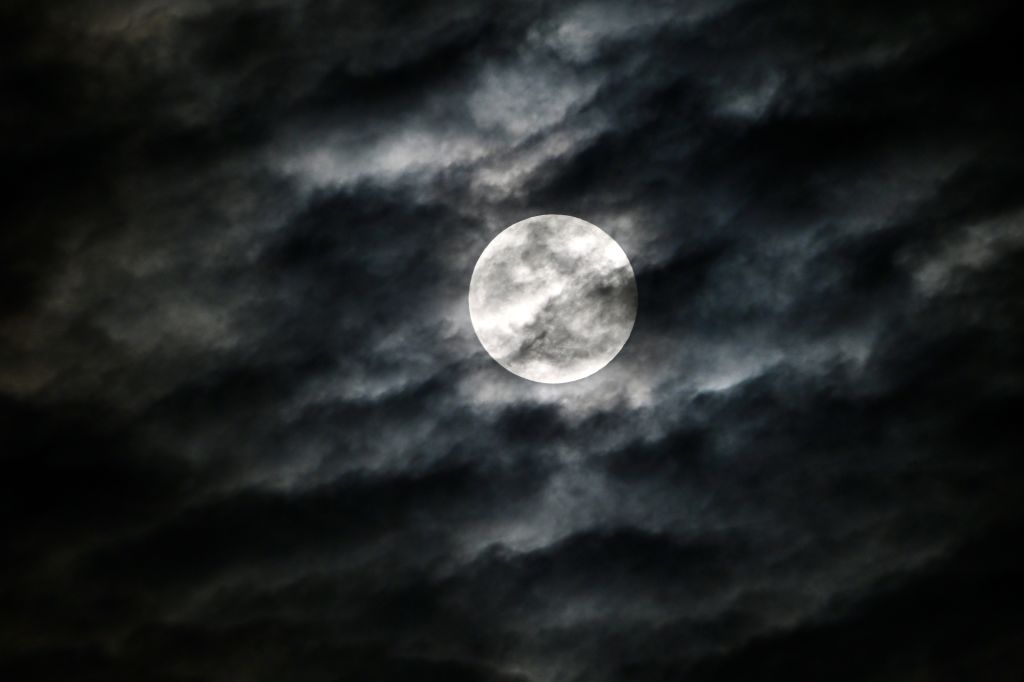
Hunter's Moon supermoon 2024 puts on a frightfully good show for skywatchers around the world (photos)
By Robert Lea published
The Hunter's Moon rose on Thursday (Oct. 17), becoming the biggest and brightest full moon of the year and wowing skywatchers around the globe with a spooky pre-Halloween show.
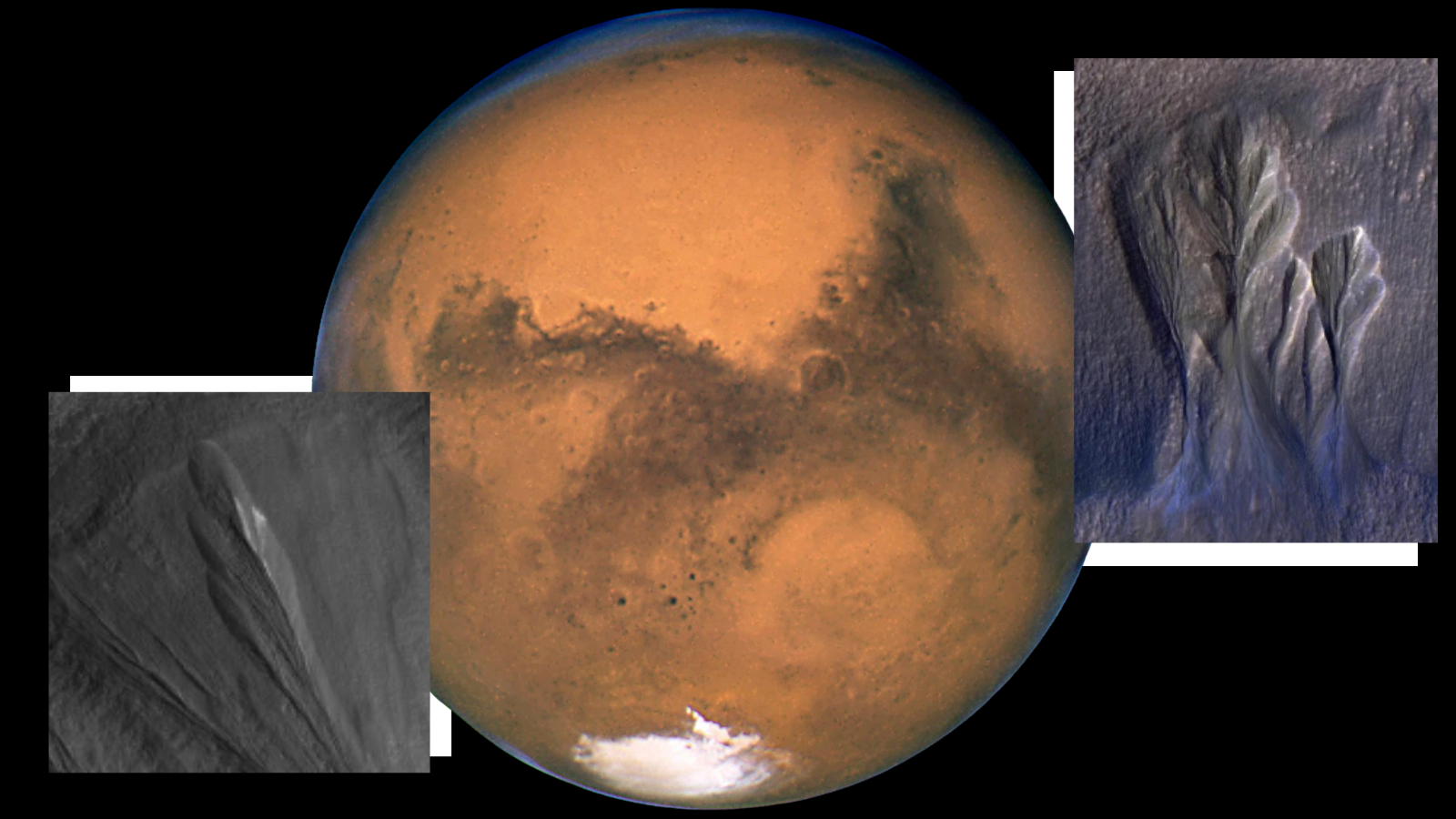
Alien life could lurk on Mars beneath protective ice, study suggests
By Robert Lea published
'Photosynthetic habitable zones' could exist beneath radiation-filtering ice on Mars, offering scientists another region in which to hunt for alien life.
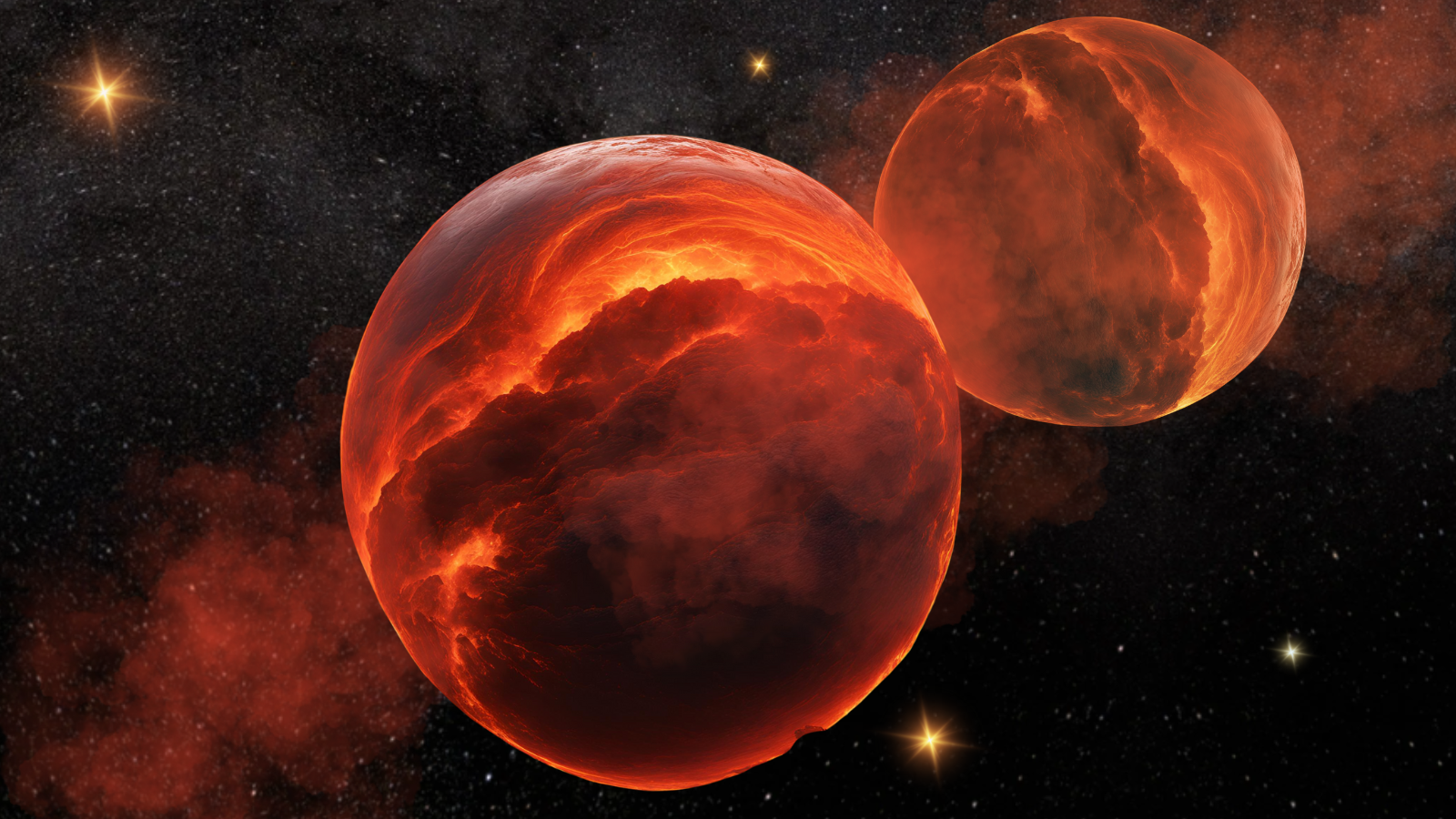
These 'failed stars' orbit so closely it took 29 years to tell they were a pair
By Robert Lea published
The first and most famous "failed star" discovered by humanity isn't one brown dwarf, but two! The duo comprising Gliese 229B are so tightly bound they orbit each other in 12 days.
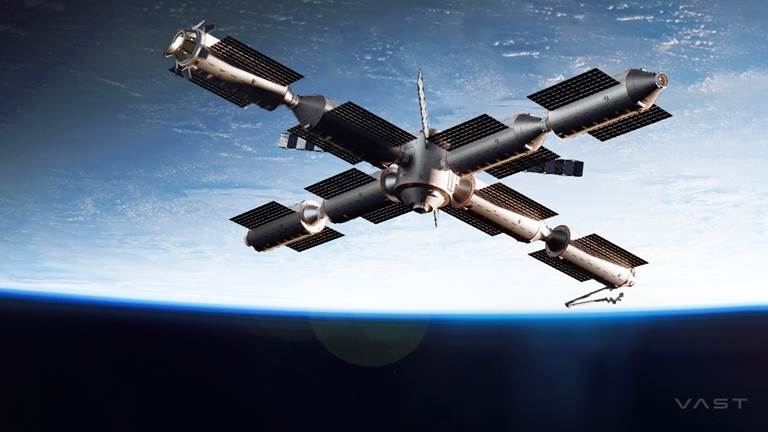
Vast Space unveils Haven-2, a private space station to follow the ISS after its fiery end (video)
By Robert Lea published
U.S. company Vast has unveiled Haven-2, its proposed commercial successor to the soon-to-be-retired International Space Station.
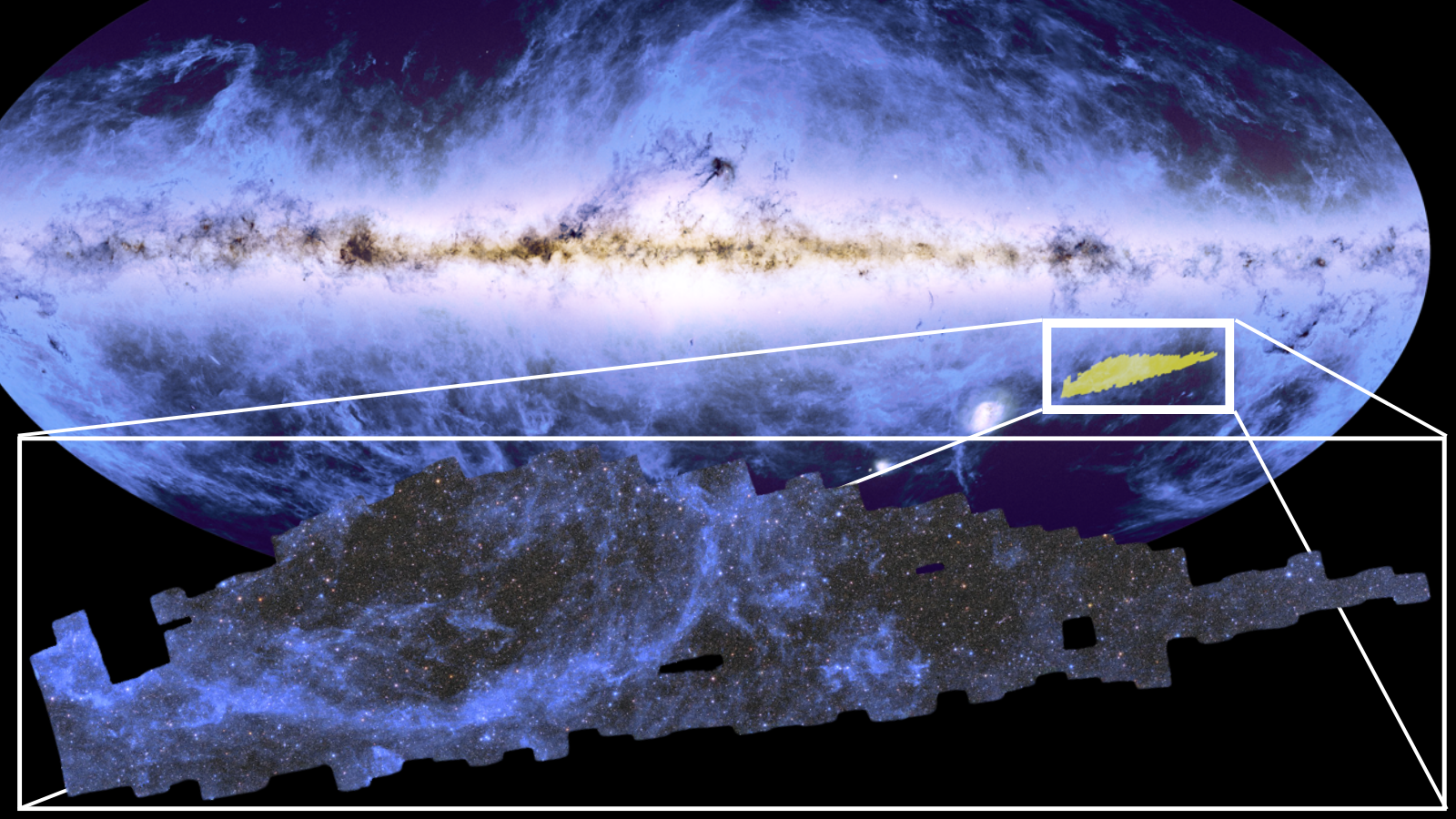
Euclid 'dark universe' telescope reveals 1st breathtaking images from massive 'cosmic atlas' map
By Robert Lea published
The "first page" of an incredible cosmic atlas being built by the Euclid Space Telescope has been released. The millions of stars and galaxies represent just 1% of the 3D map the mission will create.
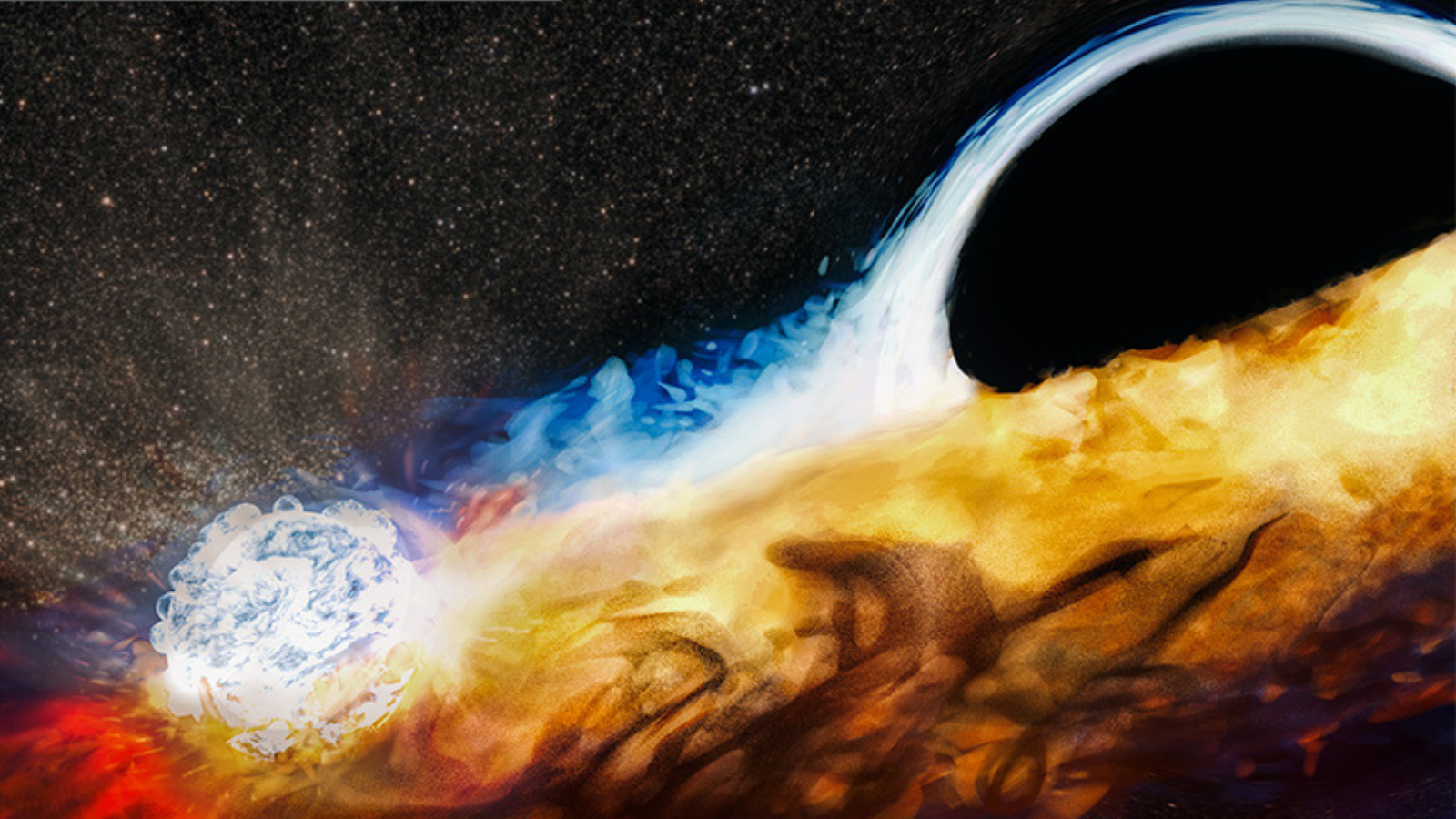
Monster black hole is a 'cosmic Michael Myers' killing a star and brutally attacking another
By Robert Lea published
NASA's Chandra X-ray space telescope has spotted the cosmic serial killer that, like Michael Myers, is back for a sequel, killing a star and attacking a second star with its remains.
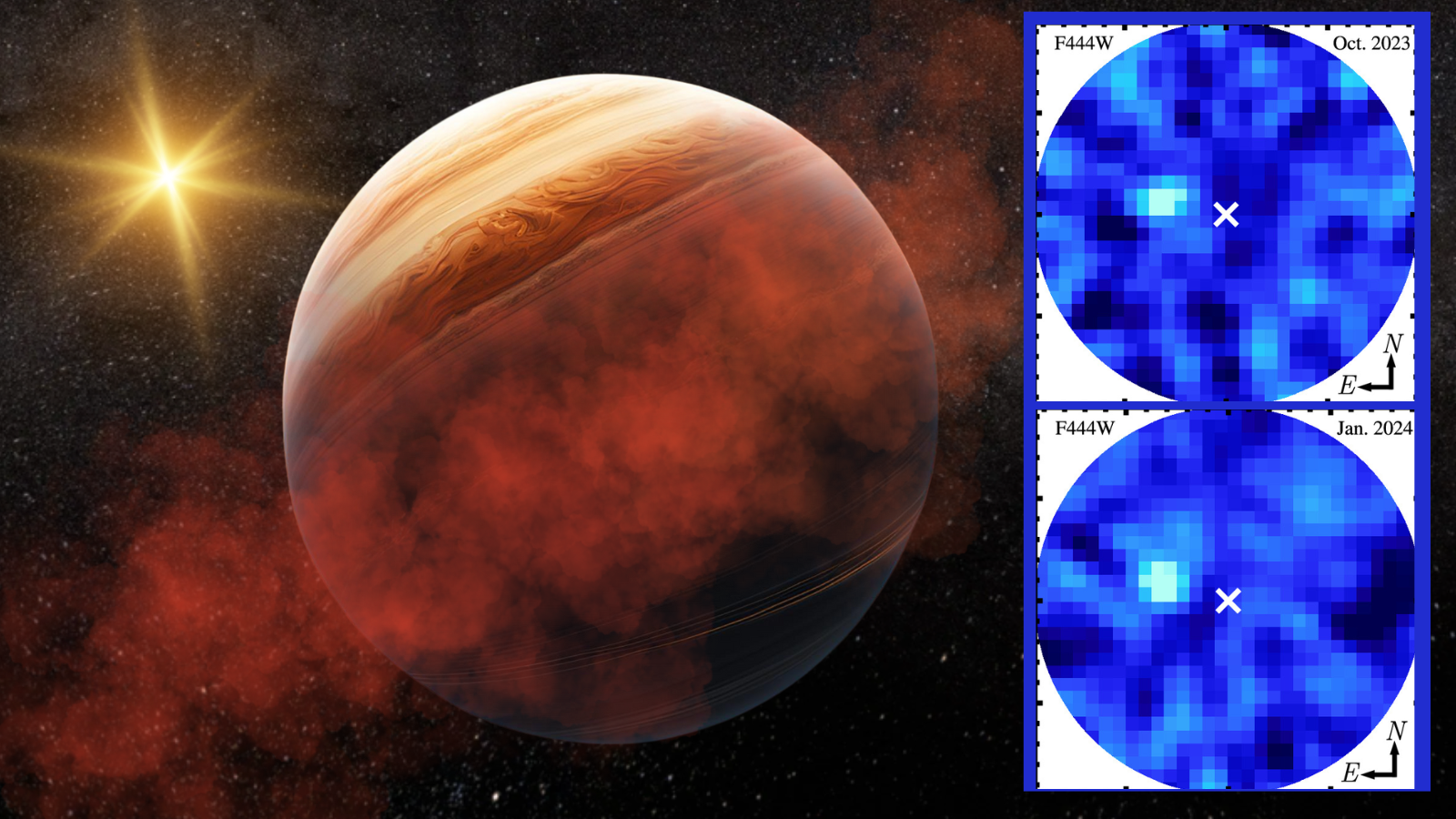
James Webb Space Telescope wins 'race against time' to directly observe young exoplanet
By Robert Lea published
Astronomers using the James Webb Space Telescope had to race against time to image a young exoplanet before it disappeared for a decade.
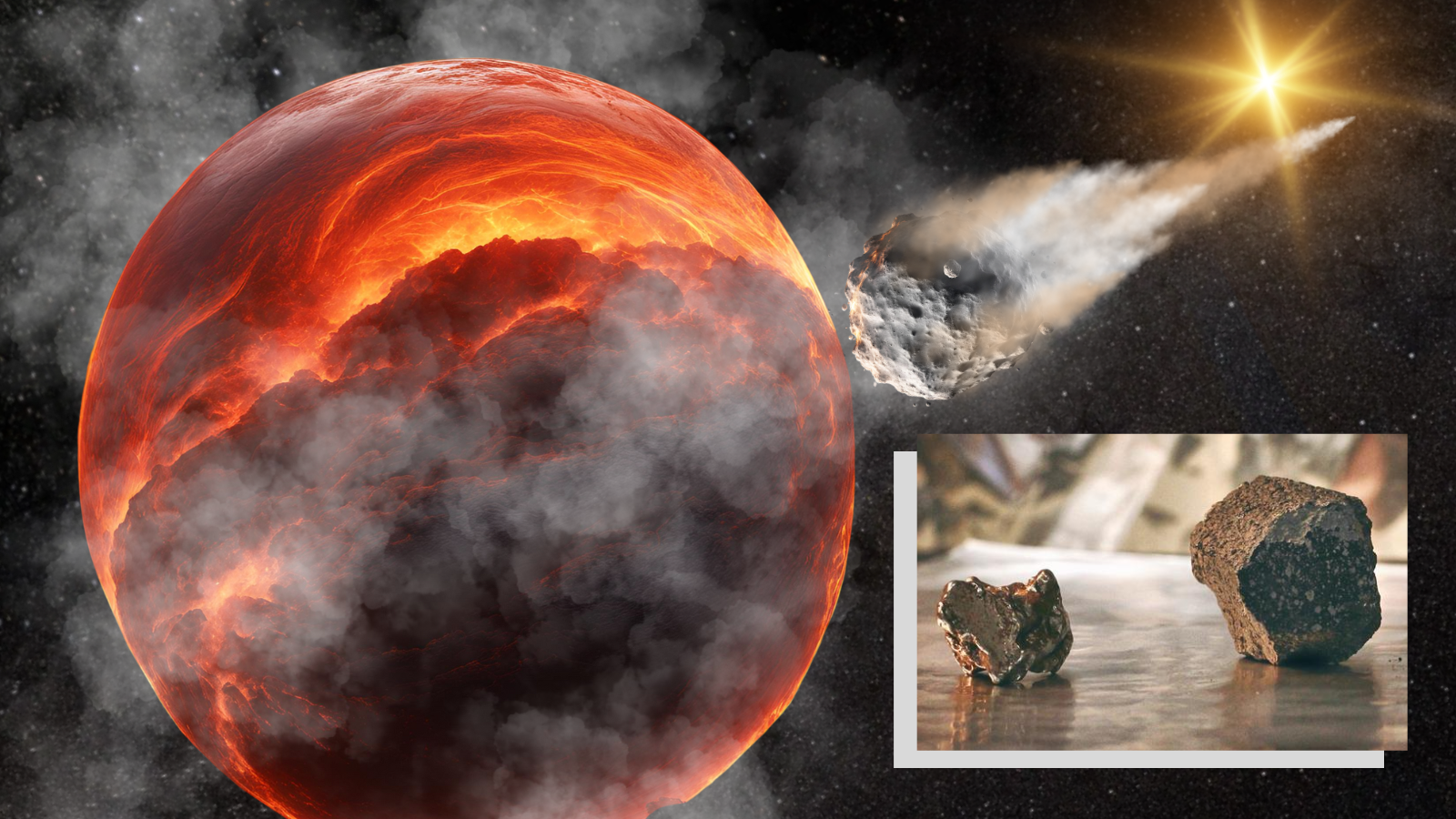
The key ingredients for life on Earth came from space, new evidence suggests
By Robert Lea published
'If we can understand how these materials came to be on Earth, it might give us clues to how life originated here, and how it might emerge elsewhere.'

Nearby exoplanet is a 1st-of-its-kind 'steam world,’ James Webb Space Telescope finds
By Robert Lea published
Using the James Webb Space Telescope, astronomers have found a "first of its kind" world, an exoplanet that is twice the size of Earth and has an atmosphere packed with steam.
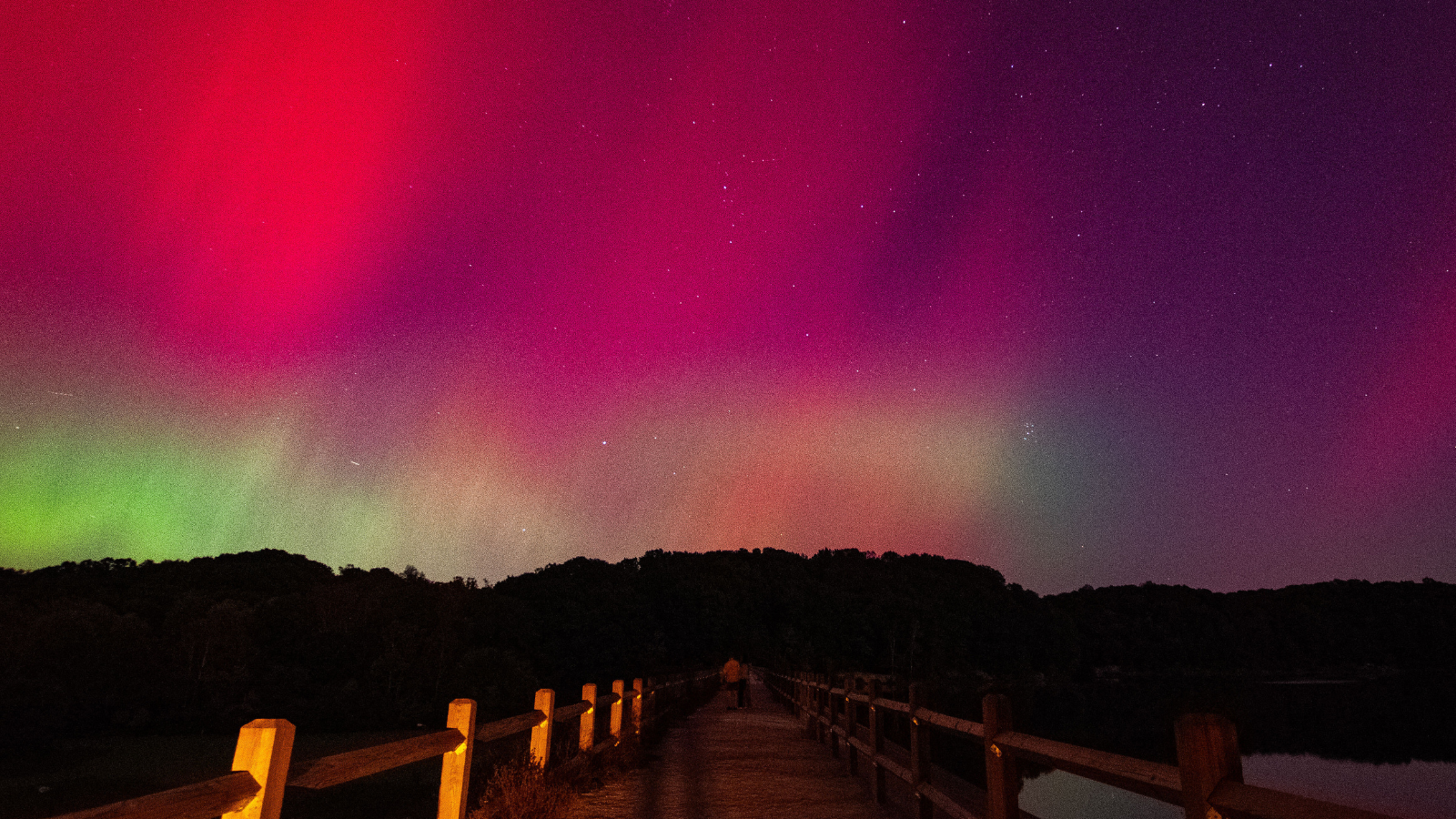
'It was 3 hours of magic': Spectacular auroras thrill stargazers across the world (and internet) as intense geomagnetic storm batters Earth (photos)
By Robert Lea published
A powerful geomagnetic storm illuminated auroras that lit the skies over Earth on Thursday (Oct. 9) after X 2 solar flare that erupted from the sunspot AR 3848 on Tuesday (Oct. 8) evening.
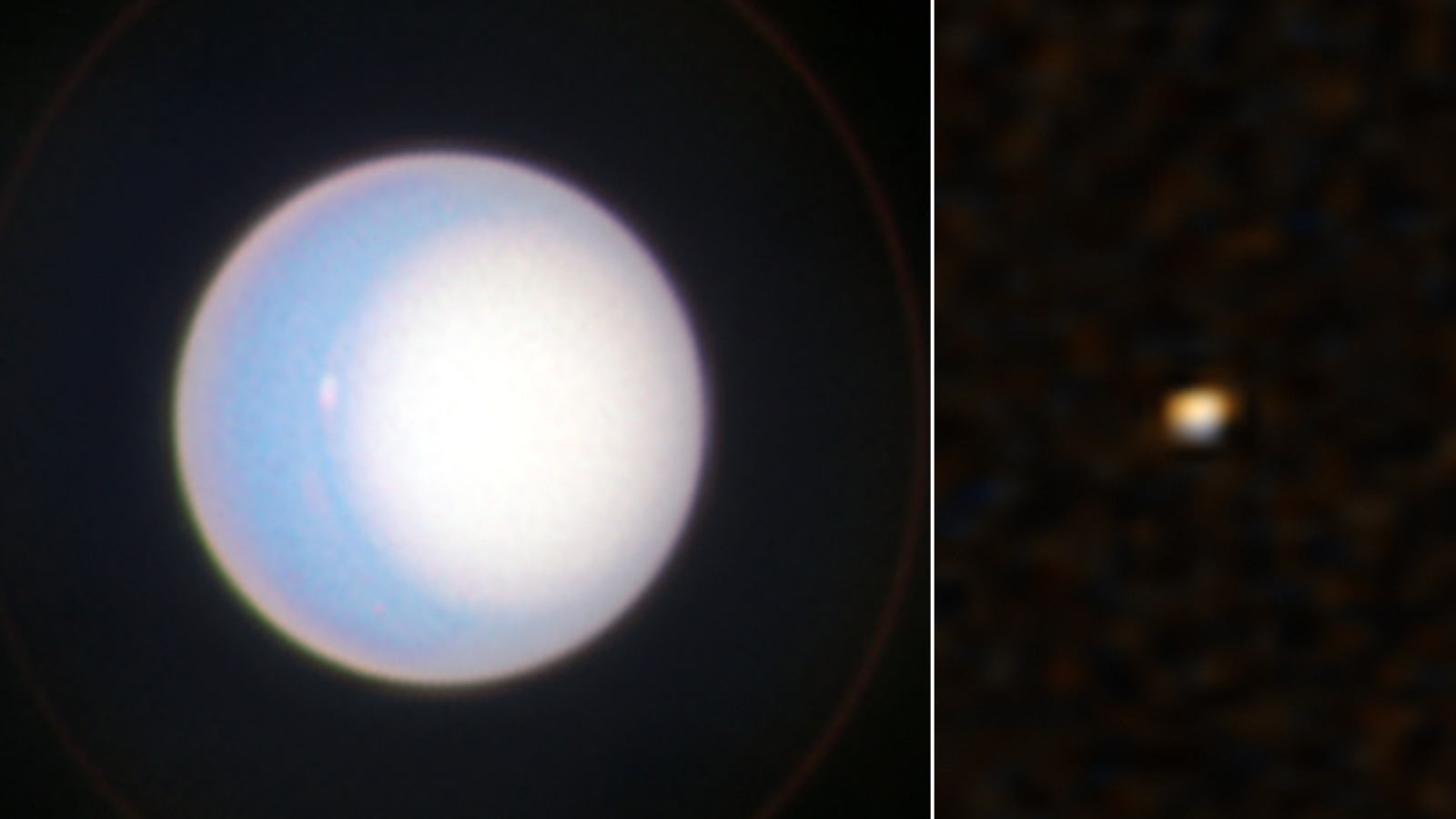
NASA images Uranus with epic team up of Hubble Telescope and New Horizons Pluto probe
By Robert Lea published
NASA's Hubble Space Telescope and New Horizons Pluto probe have teamed up to image the ice giant Uranus, which will help inform future direct imaging of exoplanets.
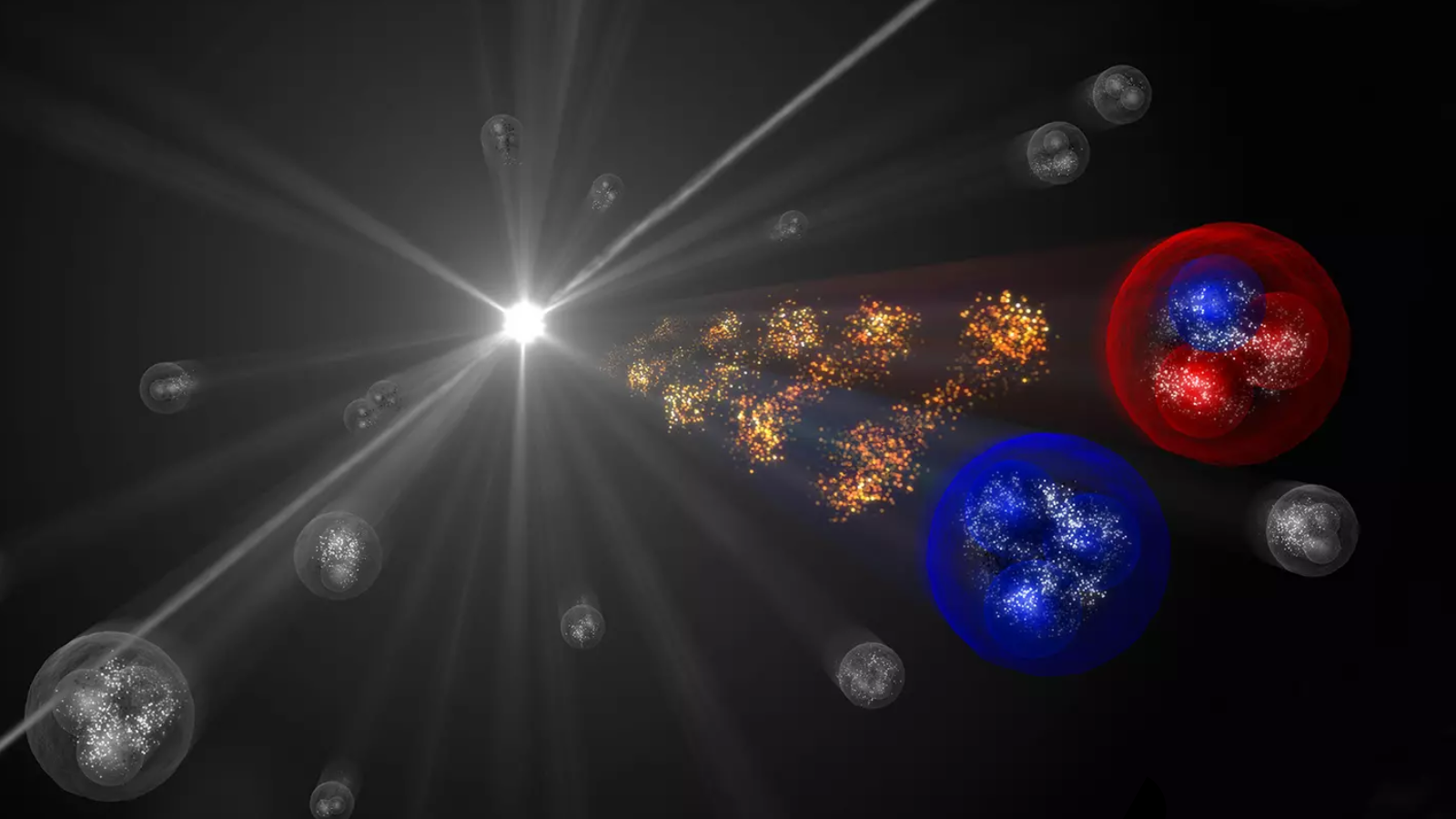
Cosmic rays have surprising amounts of antimatter. Is dark matter responsible?
By Robert Lea published
There's too much antimatter in cosmic rays, showers of charged particles that pelt Earth. Could this be explained by annihilating dark matter? If so, does it point to the existence of WIMPs?
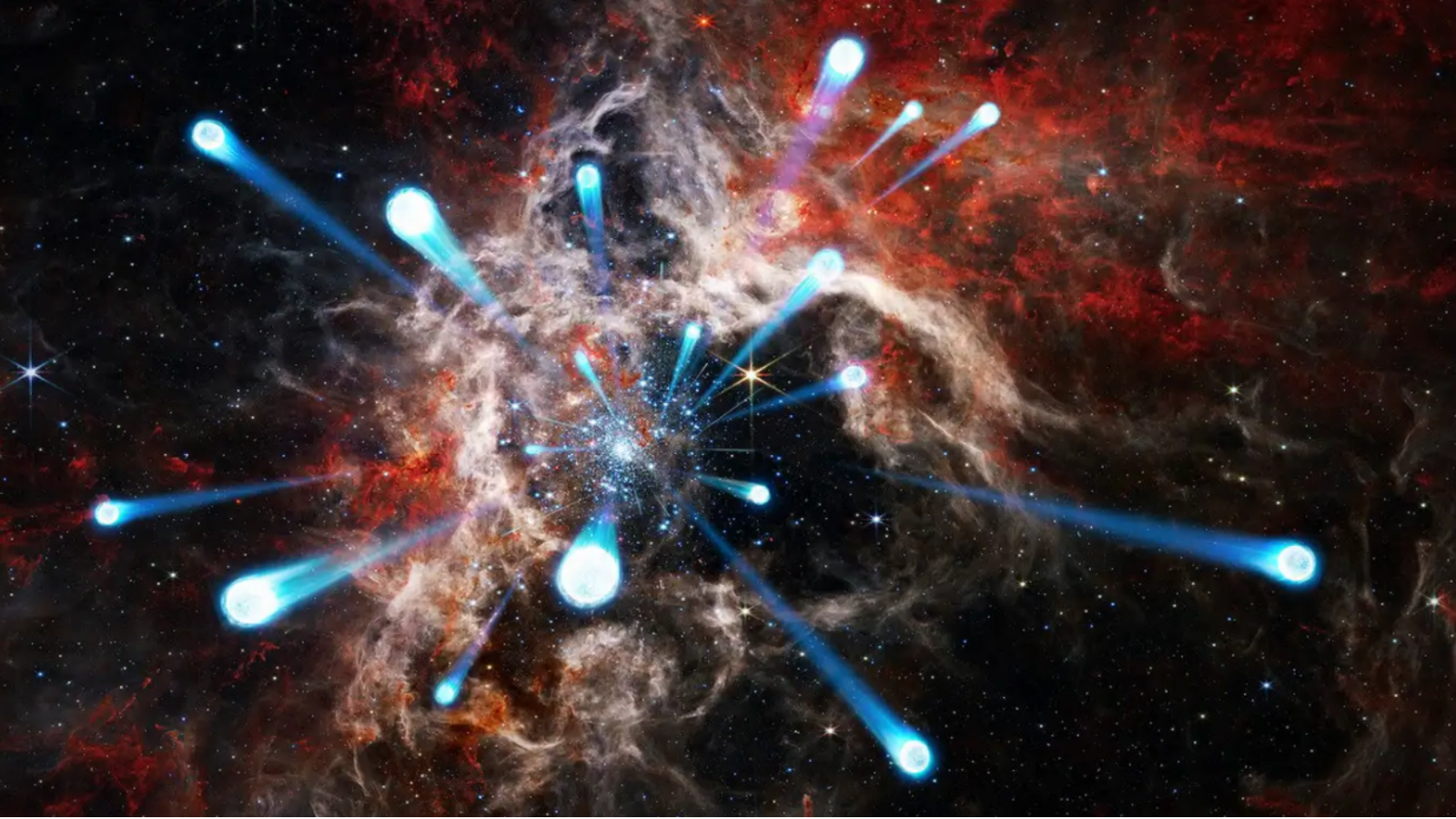
Gaia space telescope discovers 55 'runaway' stars careening away from stellar cluster at 80 times the speed of sound
By Robert Lea published
Using the Gaia space telescope, astronomers have observed 55 massive stars ejected from their home star cluster in the Large Magellanic Cloud at speeds equivalent to 80 times the speed of sound.
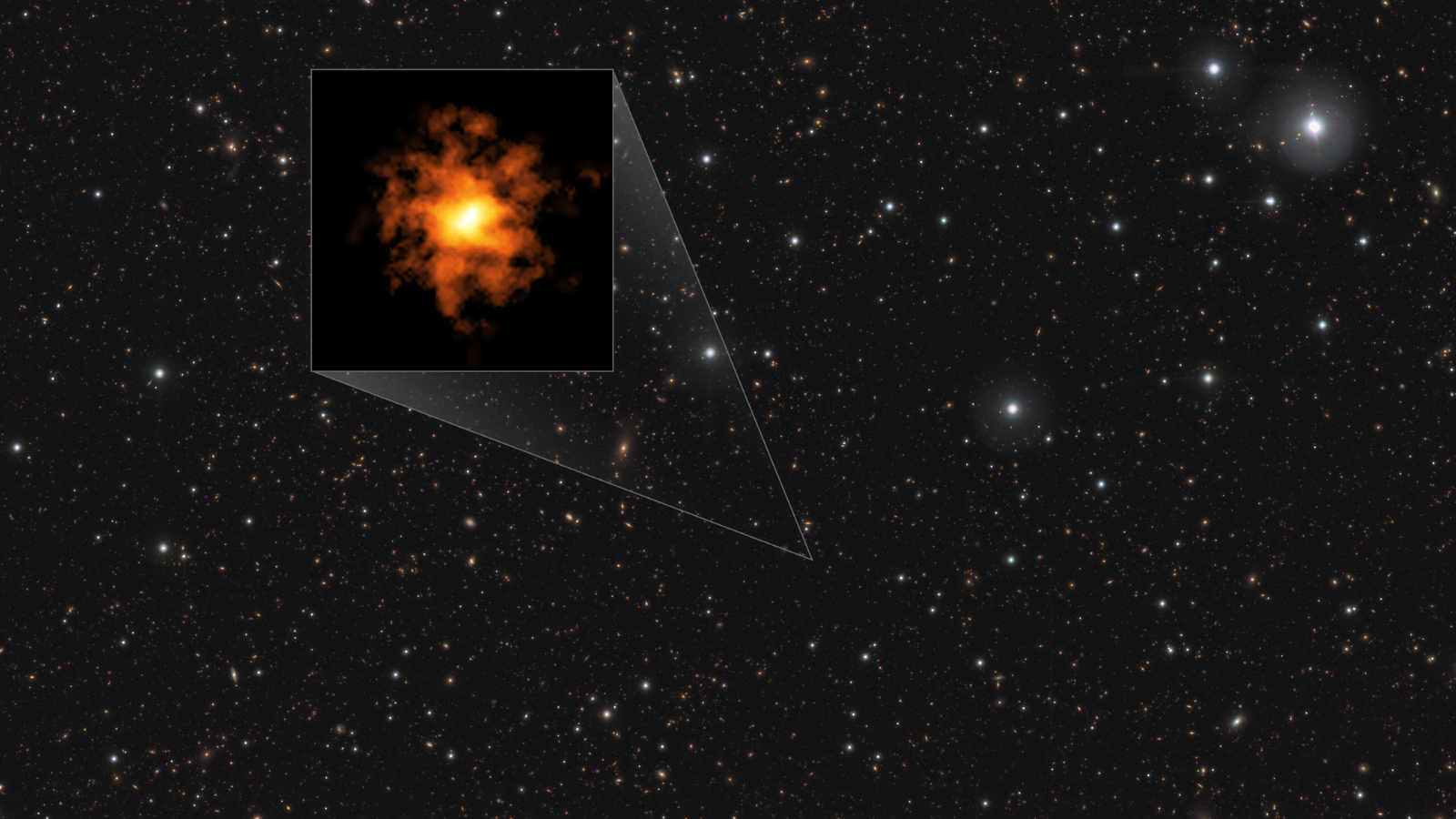
Record-breaking ancient spinning galaxy challenges cosmic evolution theories
By Robert Lea published
Astronomers have discovered the most distant and, thus, earliest strongly rotating galaxy ever seen that is well-organized rather than chaotic and messy, challenging our theories of cosmic evolution.
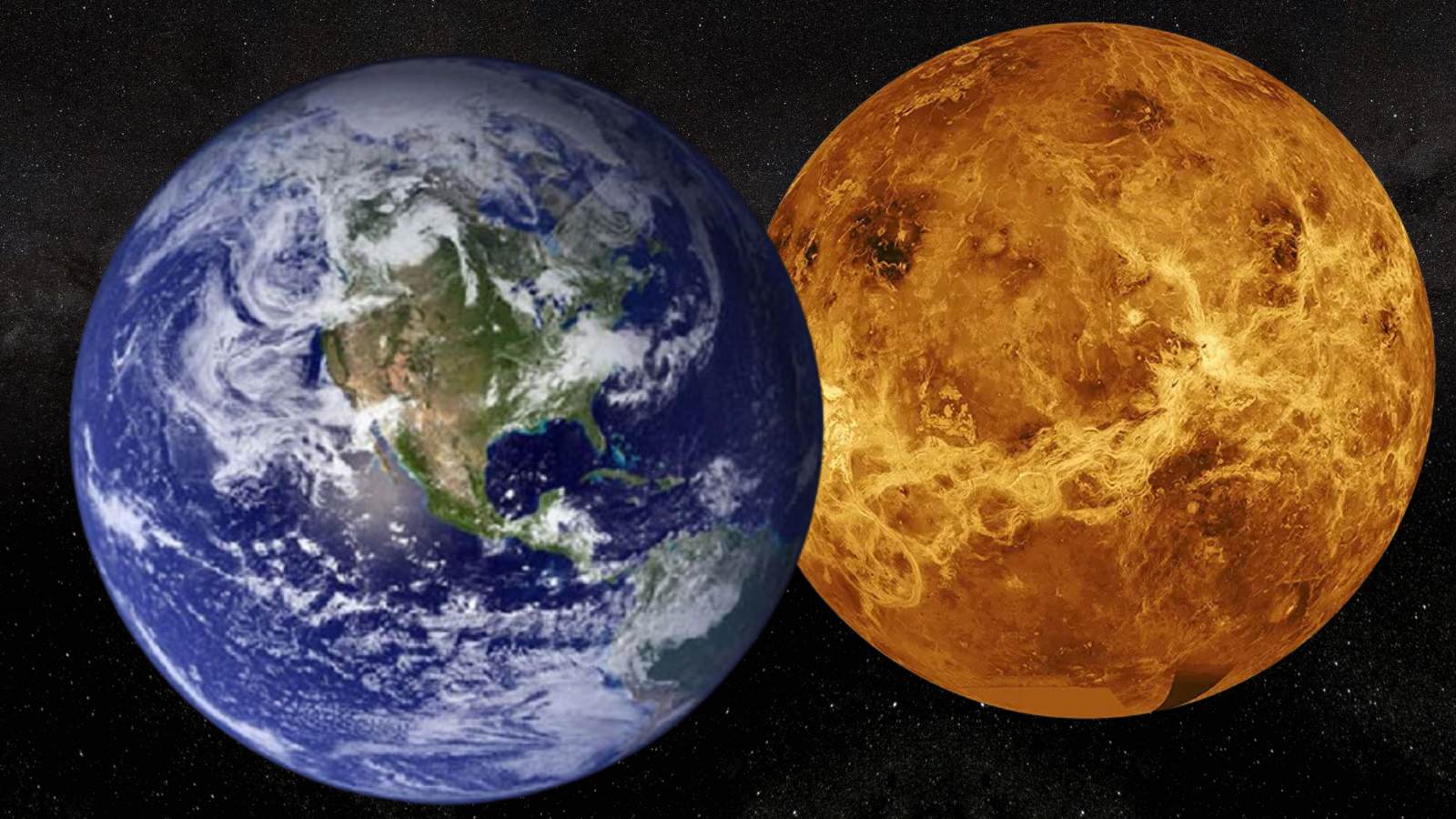
Could Earth's 'evil twin' Venus carry a dire warning about climate change?
By Robert Lea published
"Venus is certainly a good example of one extremity of the greenhouse effect run amok."

James Webb Space Telescope studies dusty 'pancakes' feeding baby stars and birthing planets
By Robert Lea published
The James Webb Space Telescope has taken an intricate look at how pancakes of gas and dust feed infant stars and help them grow before influencing the birth of planets.
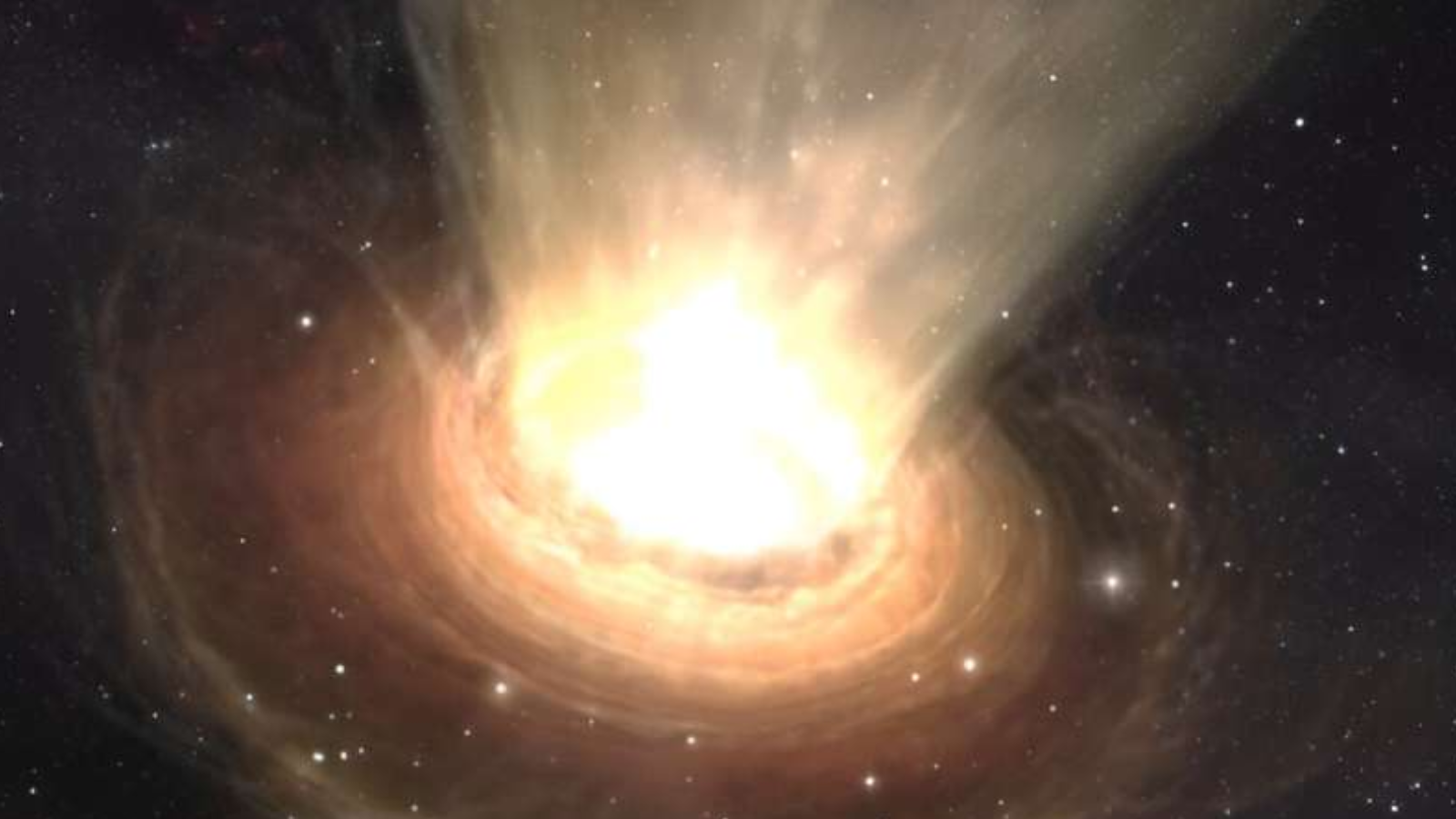
Ancient supermassive black hole is blowing galaxy-killing wind, James Webb Space Telescope finds
By Robert Lea published
The James Webb Space Telescope has spotted the earliest supermassive black hole-driven quasar wind ever seen, pushing away matter at 6,000 times the speed of sound and killing its host galaxy.
Get the Space.com Newsletter
Breaking space news, the latest updates on rocket launches, skywatching events and more!
